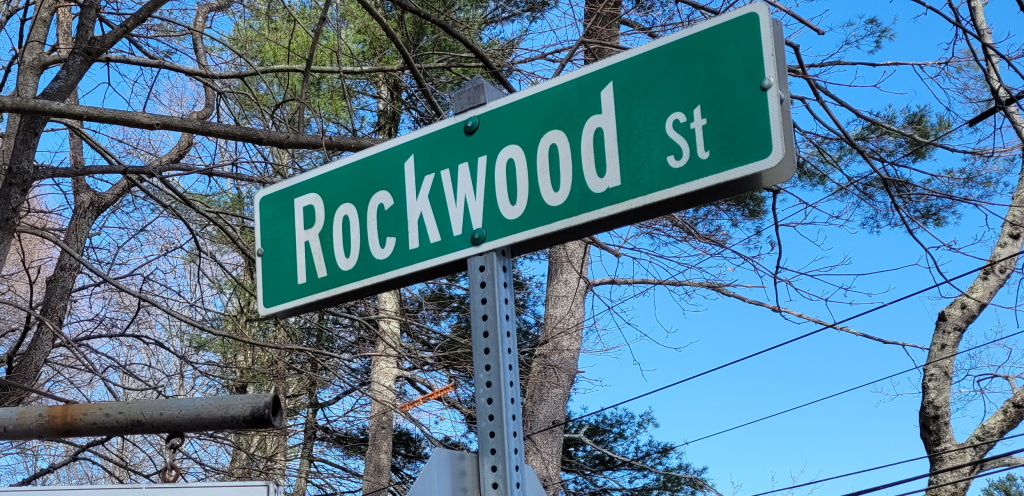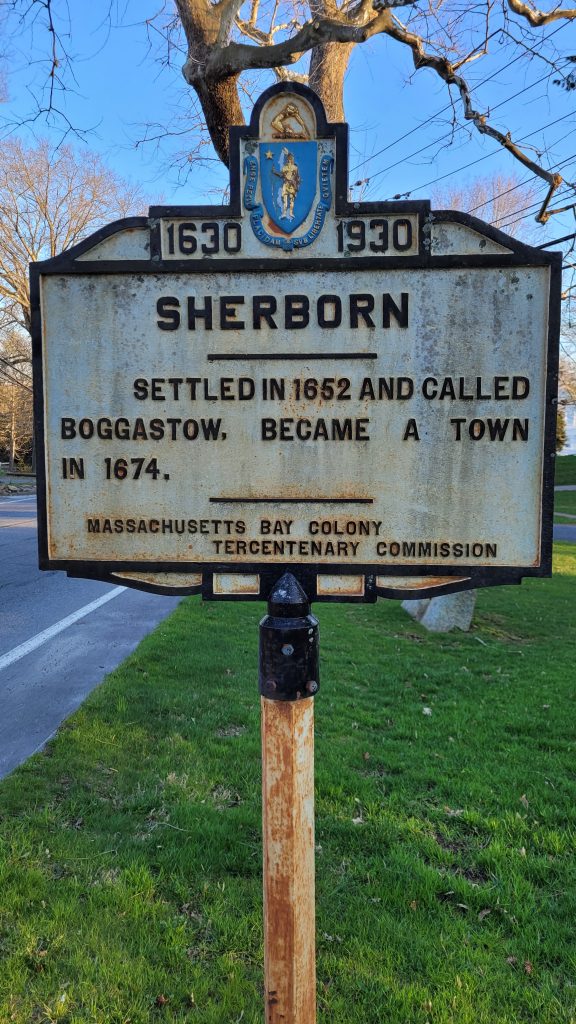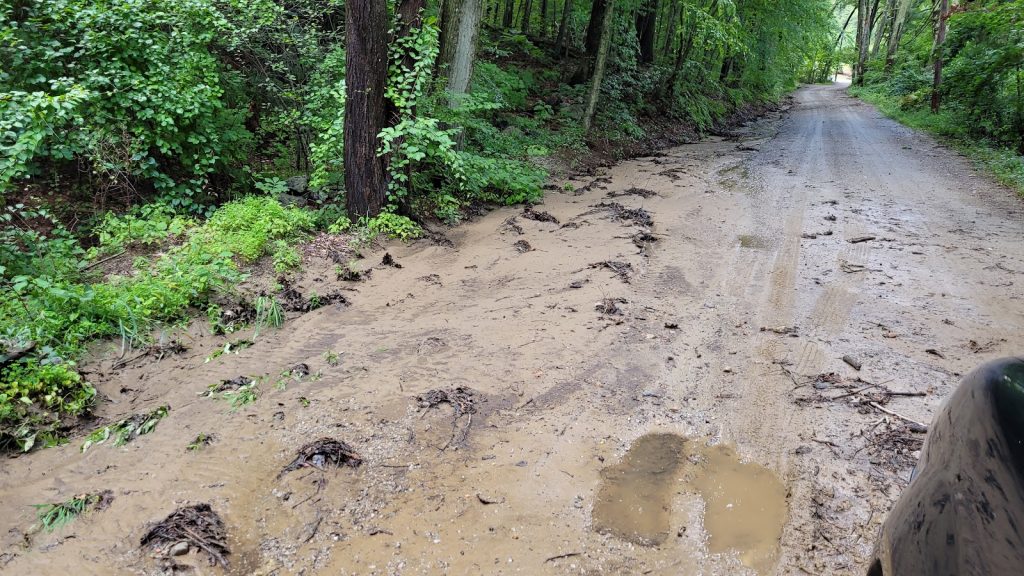
Challenge: Driving awareness of the need to pave Rockwood Street, a dangerously unpaved road in Sherborn, Massachusetts, while still preserving the small town feel.
Solution: Media Shower created the “Rockwood Street” campaign to drive citizen awareness and action, emphasizing the benefits and safety improvements to Sherborn residents.

The message: paving Rockwood Street would create a better Sherborn.
The History of Sherborn Roads
 Sherborn, Massachusetts, settled in 1652, is one of America’s earliest towns. The residents of this Massachusetts suburb pride themselves on green spaces, walking trails, and a small-town feel, while still being a short drive away from the thriving metropolis of Boston.
Sherborn, Massachusetts, settled in 1652, is one of America’s earliest towns. The residents of this Massachusetts suburb pride themselves on green spaces, walking trails, and a small-town feel, while still being a short drive away from the thriving metropolis of Boston.
Like all roads in early America, Sherborn roads were initially unpaved. The town’s connection with the nearby Natick and Framingham train lines, built in 1834, meant that cars were an uncommon mode of daily transportation, even by the early 20th century. However, bicycles became increasingly popular beginning in the late 1800s — and with them, the demand for better and safer roads.
According to Roads & Bridges:
The “Good Roads Movement” began in the 1890s in response to poor road conditions. Bike enthusiasts worked at federal, state and local levels for road improvement legislation … Bike riders became the first road lobbyists for government money.
Over the next century, the majority of roads of Sherborn were gradually paved to make driving conditions safe and enjoyable. Rockwood Street remains unpaved.
When the residents of Rockwood Street signed a formal petition in 2022 to have their road paved, Media Shower designed the campaign to drive citizen awareness of the need to have “good roads” everywhere in the town. The Good Roads Movement was moving again.

Rockwood Street after rain.
The Problem: Saving Rockwood Street
It was easy to see the problem: Rockwood Street was being washed away.
For the past several decades, the road was maintained — at great cost to the town — with regular filling of potholes. But climate change and housing development were causing record water runoff, and this erosion was eating away the road.

Rockwood Street after snow.
The excessive water runoff created potholes after a rain or heavy snow. The potholes filled with water and grew in size as vehicles used the road. Often these potholes expanded to the full width of the road, making them difficult and dangerous to avoid.
In winter, these road troughs would freeze, causing dangerous conditions for drivers and pedestrians. Here’s an example of a driver that slid into a deep ditch at the roadside.

Rockwood Street was home to one of Sherborn’s most important small businesses, the gateway to several walking trails, and a favorite for dog walkers and joggers. Residents wanted a way to keep the road special, while keeping it safe.
The citizen petition requested proper drainage of standing water, widening in places to accommodate two vehicles, and an asphalt surface to minimize erosion, keeping drivers and pedestrians safe.

Rockwood Street drainage.
To bring this together into a positive, forward-thinking campaign, Media Shower designed the “Pave Rockwood” campaign, modeled after those early “Good Roads” campaigns that bicycle lovers used to get America’s roads paved in the 1900s.
The Solution: Paving Rockwood Street
Media Shower designed the logo and campaign, along with accompanying brand voice and style guide, to unite the citizens of Sherborn behind this important initiative.

Two messages were important to residents: keep it special and keep it safe. The goal was not just to Save Rockwood Street, it was also to Pave Rockwood Street.
As the latter would incur significant costs to the town, it was important to explain the benefits to all Sherborn residents:
- Rockwood Street would become friendly to Sherborn bicyclists, who were unable to bike safely on most Sherborn roads due to a lack of bike lanes (Rockwood is a long, quiet street);
- Rockwood Street would be a haven for Sherborn dog walkers, with connecting trails to Peters Hill and, with a bit of clearing, Laurel Fields;

- Rockwood Street would be a perfect place for Sherborn joggers, with a one-mile end-to-end loop away from the bustle of Main Street traffic;
- Rockwood Street would save the community tax dollars, which were being spent to maintain the road at great cost to taxpayers;
- Rockwood Street would become connected to the network of paved community sidewalks, bikeways, and roadways leading to and from downtown Sherborn.

Our work successfully introduced the project into the town discussion, where it is now being analyzed for a formal cost estimate. We look forward to continuing to work with the people of Sherborn on building the “Good Roads Movement” for the benefit of generations to come.